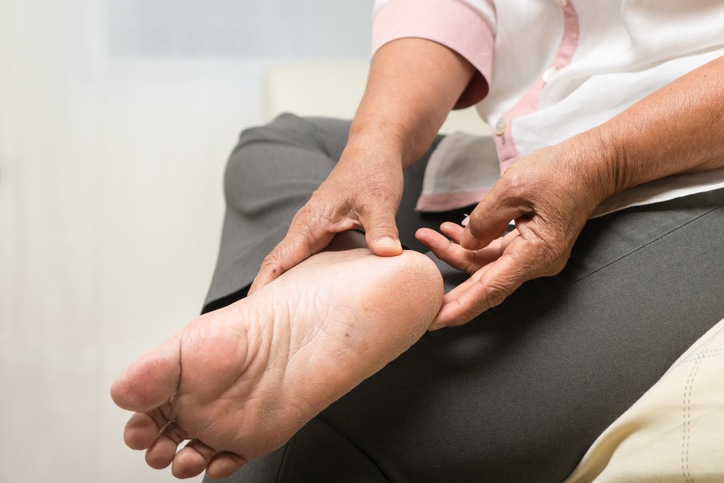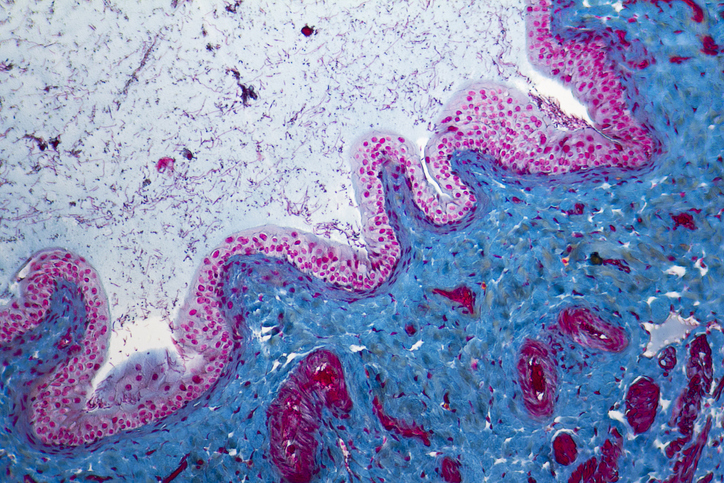
Even if they do not present with tender and swollen joints per the 28-joint count, patients with rheumatoid arthritis (RA) still suffer from foot and ankle problems, according to a study published in ACR Open Rheumatology.
Researchers evaluated data reported by physicians (swollen/tender 12-joint foot count, Disease Activity Score 28 [DAS28], and medication) and patients (foot/ankle pain, physical function, global health, and self-reported foot and ankle score [SEFAS]) during a clinical visit.
12-Joint Foot Count vs. 28-Joint Count
There were 320 patients with RA. The mean age was 63 years, and 73% of patients were female. Overall, 69% of patients reported foot or ankle pain. Most of the patients with pain experienced bilateral pain (71%) and did not experience pain before their RA diagnosis (70%).
Patients reporting pain had a lower mean age and poorer disease activity, general pain, function, and global health; they were also less likely to be in remission than patients who did not report pain (50% vs. 75%). Using the 12-joint foot count, compared to the 28-joint count, identified additional patients with swollen (3.2%) and tender joints (9.2%).
“Consequently, the combination of the 28-joint count and the 12-foot joint count did not record any swollen or tender joints for 78.2% and 41.8% of the patients reporting foot pain, respectively,” the study authors noted.
Among the patients with pain, 92.3% did not have any swollen joints and 61.4% did not have any tender joints in the examined foot joints, they added. Correlations were observed between the SEFAS and walking problems and worse function, but it was not associated with joint inflammation severity. To get a proper diagnosis of your foot or ankle pain, you may want to visit a podiatrist. A podiatrist can provide comprehensive foot and ankle care.
Discussion, Study Limitations, Looking Ahead
One limitation of the study is that it did not take into account the possibility of seasonal flares, the study authors noted, as patients were recruited in the fall. Collecting data two or three months later may have shown an increase in the proportion of patients with pain. The researchers also only asked patients about current pain, rather than pain they experienced in the past week. Further, BMI was not recorded, and the researchers also did not use any medical imaging, which “could have been used to examine whether there were structural changes in the feet and ankles.”
The researchers stated in their conclusion, “The present study found that 7 of every 10 patients with RA reported foot and ankle pain and that foot and ankle pain was common throughout the disease course. These results indicate that many patients in remission experience foot and ankle pain in RA. Therefore, monitoring the feet in patients with RA is still essential. However, the presence of pain does not necessarily mean poor inflammatory control, as residual pain often persists because of joint damage and may also be part of a more widespread pain problem. Including the assessment of swollen and tender ankle and metatarsophalangeal joints does not identify all patients with foot pain.”







 © 2025 Mashup Media, LLC, a Formedics Property. All Rights Reserved.
© 2025 Mashup Media, LLC, a Formedics Property. All Rights Reserved.